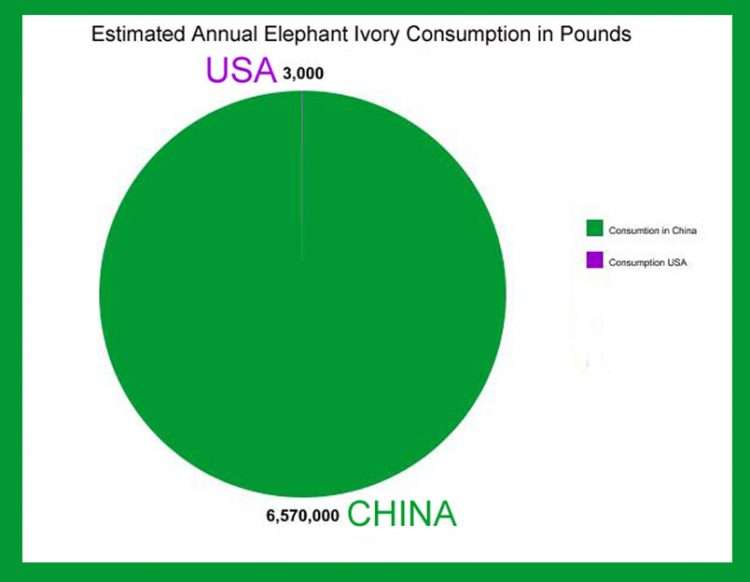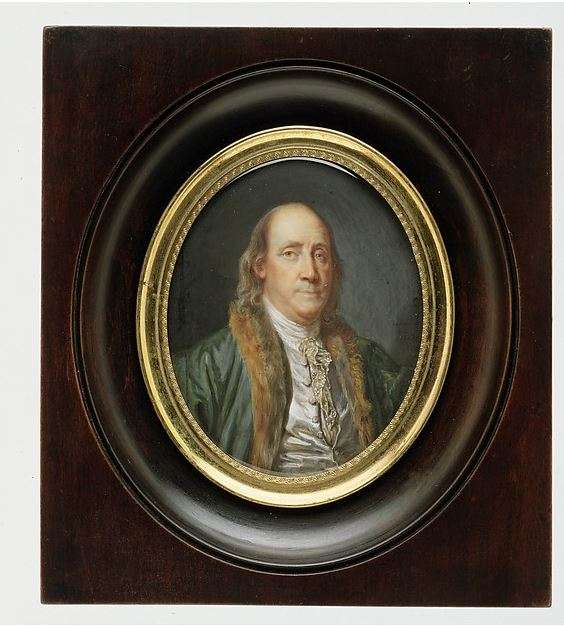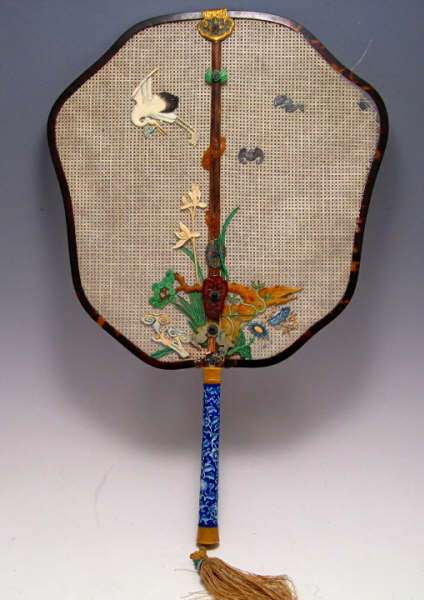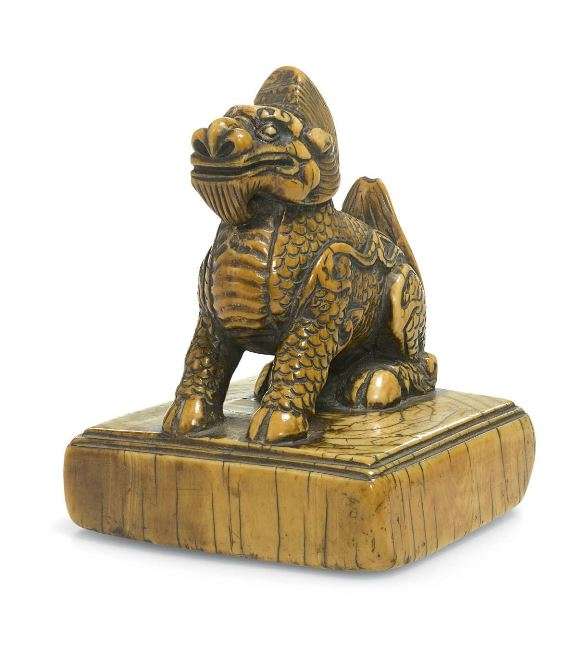Ivory Poaching Unconnected to Antique Dealers So Why More Regulations? Political Correctness?
The Great Myth About Ivory Poaching and Antique Dealers (according to those wanting further restrictions)
I know what I'm about to say about illegal Ivory trade will make those wanting stricter rules on Antique dealers to prevent poaching sad, all I can say is, sorry my snowflakes its the truth.
So far, following the outright international ban world wide of Ivory in 1989, the decline in illicit Ivory trade to the EU and USA has since been mathematically nearly 100% compared to the total trade. Additionally, according to all studies, 99.99% of the elephant tusks poached annually in Africa are destined for Asia and in particular China.
Yes, incidental small amounts can and do pass through western airports and terminals en route to Asia. There is no indication more than a literally minuscule amount goes anywhere but to Asia. This is according to the animal rights organization "Traffic" who are the ones pushing for tougher restrictions on Antiques? Additionally, according to them, it is clearly the case Antique dealers are not involved in any way in the trade. TRAFFIC could show no meaningful, demonstrable impactful connection between people in the Antique business and poaching.
NOTE: If you take the time to read the linked report, pay close attention to the phraseology used. Much of the statistical content of exports to and from the EU do not indicate a difference between Legal trade and Illegal Trade. If it is illegal, they say so, if not they refer to it as only "re-exported" or shipped for "commercial purposes". The overwhelming majority of interdictions noted refer to shipments seized in transit to Asia. The report is written to be very negative in its impact, Read between the lines. It takes a bit of decoding.
Why do they want more regulations on Antiques if it's not a problem?
ANS: Because it's a popular and fashionable thing these days, everyone loves elephants. Keep reading.
A few years ago a report was prepared for the European Union with NGO's calling upon the European Union to place further restrictions on the Ivory trade regarding imports and re-exports. Amazingly nobody picked up on what this report was really saying.
They said in the report:
" Legal markets for antique/pre-Convention ivory are considered to provide an opportunity for the laundering of poached ivory into legal trade, while also stimulating demand in consumer markets.3"
The problem with the above statement is, their own report makes a mokery of the claim and argument. The key part of the above is "considered to provide an opportunity" , considered by who? This is like telling a computer programmer we want to take your computer because you might become a hacker.
If anything the report below argues for a lessening of restrictions, certainly not an increase. If Ivory poaching is unconnected to antique dealers (in their own words) you'd think they would reverse course.
According to the report by " Traffic" prepared for the " Report prepared for the European Commission" a couple years ago.
THE RE-EXPORT OF PRE-CONVENTION/
ANTIQUE IVORY FROM THE
EUROPEAN UNION
First, it's important to note the European Union banned the sale of ALL ivory crafted or worked pieces after March 3, 1947, and Raw Ivory was banned after member states adopted the EU Wildlife Trade Regulations of 1989.
The TRAFFIC Report Conclusions on Ivory Traffic in EU are an Eye Opener (against their argument)
- Currently, the Amounts of Newly Worked illegal Ivory available in the EU is basically none according to the report.
- Annual Estimates of Elephant Ivory Poaching; 25,000 to 30,000 Elephants per year are poached. Or roughly 5,000,000 to 6,000,000 pounds per year of Ivory. (yes five to six million pounds per year) Based on a tusk weighing only 100 pounds, some weigh as much as 180 pounds each.
- This works out to 15,000 to 16,000 pounds of Ivory per day assuming the tusks each weigh only 100 pounds.
- Legal Raw Ivory Trade from the EU to Asia is estimated at 990 pound per year, or roughly one and a half hours worth of poaching in Africa on a daily basis.
- Legally "re-exported" Ivory from the EU to Asian makes up the bulk of all transactions. Including legal RAW tusks for commercial purposes.
- 99.999% of all illicit Ivory Interdicted in the EU is in transit to Asia, usually through maritime shipping terminals and airports. The amounts are tiny typically,
- How much is destined to consumers in the EU? Ans: Its ZERO statistically speaking.
- The vast majority, nearly 100% of all worked Ivory came back from Africa in the luggage of tourists in the form of small souvenirs.
- Most of the worked Ivory interdicted leaving the EU are destined for Asia and are Antique, but lack proper or authentic paperwork.
- The report shows no cases of Antique dealers in the EU involved in the trade, but only states it is possible.
- Average tourists bring more illegal Ivory into the European Union than any other group. (Should we ban tourism?)
Ditto In The USA
Statistics gathered in the United States by the US Fish and Wildlife Service mirror nearly identically what's happening in the EU.
During the last 25 years, the US Fish and Wildlife Service interdicted roughly 18,000 pounds of illegal Ivory.
When you boil the report all down it declared Ivory poaching is unconnected to antique dealers, BUT we still want to regulate them more. (just in case)
So why are they trying to ban the sale of Antique Ivory? How do you discourage an activity that doesn't exist?
Despite no evidence of any demonstrable connection between antique dealers acting as smugglers or participating in symphony with smugglers, they want a ban on the sale of Antique Ivory products. The same can be said with regards to Rhino horns. You have to ask yourself why?
Whats the logic behind the push? ANS: Simple, it's FASHIONABLE! Nothing else.
The argument goes like this plain and simple, we're trying to discourage the DEMAND for illegal contraband Ivory. The problem with this is, there is no demand among antique dealers to handle modern examples of carved Ivory. This is very clear if the authors actually bothered to read their own report.
Animal Rights Groups and Politics,
So if Ivory poaching is unconnected to antique dealers, why are they calling for more regulations? (hint, it's not about Elephants, it's about Political Correctness gone amuck.
All of this has come about not because they are really serious about poaching, as a child can pretty plainly see. This is all the result of nutty groups like PETA, The World Wildlife Federation and other bullying organizations forcing their narrow ideology on everyone else while hiding behind "Dumbo".
It's all about pure despisement from animal rights advocates of anyone who earns living selling things made from animal parts. Even if that thing is a spectacularly beautiful object of historic importance. For them the context is lost, the skill involved is lost, the tradition is lost. Simply put, they do not like it and will pull together any absurd argument, no matter how convoluted to get their way. They'll also shame every weak minded politician within range into submission to get their way.
Perhaps next, they want to ban the sale of Merino wool, because it makes sheep cold. Oh! They've already tried that, I forgot.








Leave a Reply